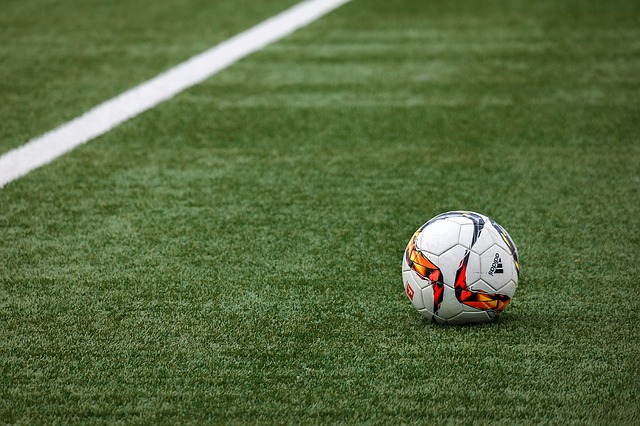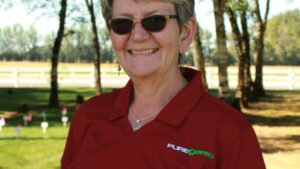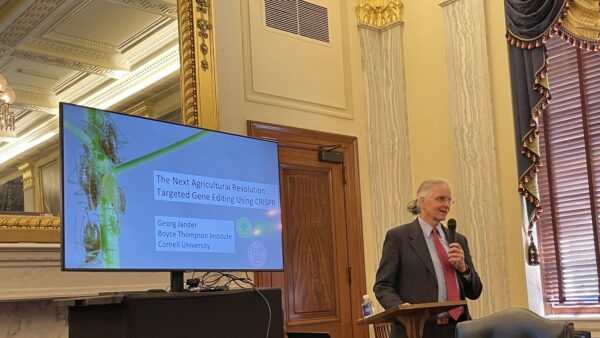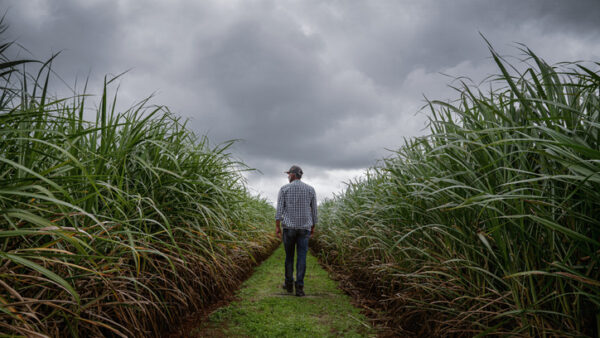As we enjoy watching the big sport events played on natural grass, it is appropriate to ask professional turf managers: What are “the dream features” of turf grass from a turf managers point of view? And what features give the most value on the pitch?
We are often met with questions independent of customary recommendation assessment characters. The turf managers demand something out of the ordinary and ask seed companies to provide more resilience, flexibility in management and speed of turf establishment.
Or more specific: A fast and uniform germination, and an upright and dense growth habit that, with the correct cutting and fertilizing management, allows the football a superfast roll. But the major demands are solutions compliable to the pitch renovation period between seasons of 6-8 weeks during summer.
The recommended variety lists in Europe score wear tolerance, wear recovery, turf diseases and general turf quality. Wear tolerance is important, and wear recovery can be obtained from overseeding.
Grass varieties are evaluated for different traits in local trials to get a recommendation. However, turf managers are specialized in different segments and they need tailor made solutions to add more value to their business.
Persistence, wear tolerance and recovery may not be as interesting for stadium arenas as they are for the training pitches and community sports fields. High profiled arenas practice frequently practice overseeding to obtain a high wear tolerance, and the time lap where sowing can be carried out need to obtain economic sustainability and sufficient playing hours.
During the football match the natural grass surface must provide ball speed, wear tolerance and a solid surface grip to the players, a soft landing should they fall, and a cool environment on warm days. Between matches the expectations to the grass surface does not rest; it has to deliver on fast recovery by regrowth and a high level of disease tolerance 24/7. High quality grass seed will germinate and establish within a week after sowing.
A stadium fit for major football tournaments is a complex environment for grass growth. It provides heating, germination covers, it is shadowed by grandstands and consequently light is added by fixtures rolled in. Damp, shadow and heat create a microenvironment that encourages fungal diseases to develop. That is why disease tolerance is essential to support wear tolerance during the season. Patches and plants are significantly less wear tolerant when affected by fungal diseases.
Turf plant breeders have targeted breeding goals to solve these challenges and the need for innovation.
A way to comply to these challenges is to test new breeding lines in various locations. DLF has a global trial network to select for various virulent diseases. A new breeding line will be dismissed if it displays significant disease symptoms. So, turf managers can be assured that new approved turf varieties are thoroughly tested for disease tolerance to make it all the way to top of the variety list.
The urge of looking beyond the scores on the variety lists has led to innovative solutions like 4turf, the tetraploid turf ryegrass and a number of beneficial seed treatments adding to turf professionals achieving lower costs and higher flexibility in the periods they need them most. This way, plant breeding and seed technology offer more playing hours and supports natural and durable turf.








